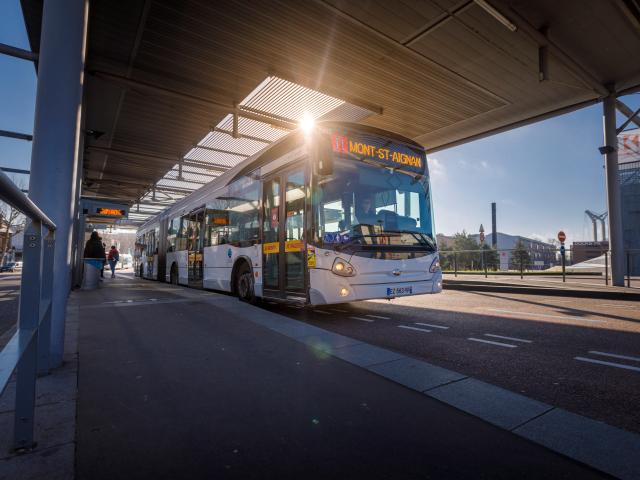Private vs. Using Public Transport

In today’s rapidly urbanizing world, the debate over personal vehicle ownership versus public transportation is more pertinent than ever. As cities grow, so do the challenges of congestion, pollution, and infrastructure strain. Innovative public transport solutions offer promising alternatives to traditional car ownership, not only addressing these issues but also potentially saving individuals and communities significant financial resources. This blog explores the costs associated with owning a car versus utilizing public transport, highlighting innovative solutions that are reshaping urban mobility.
The Cost of Car Ownership
Owning a car has long been synonymous with freedom and convenience. However, the financial implications are substantial and often underestimated. Beyond the initial purchase price, which can range from modest to exorbitant depending on the model, ongoing expenses quickly add up:
1. Depreciation: Cars lose value over time, with depreciation rates varying but generally steep in the first few years.
2. Maintenance and Repairs: Regular maintenance, insurance, and unexpected repairs can amount to thousands of dollars annually.
3. Fuel Costs: The price of fuel fluctuates, impacting monthly budgets significantly, especially for high-mileage drivers.
4. Parking Fees: Urban areas impose parking fees, which can be a considerable expense depending on location and frequency of use.
5. Insurance: Mandatory car insurance premiums vary widely based on factors such as driving record, location, and vehicle type.
6. Environmental Impact: Cars contribute to pollution and carbon emissions, indirectly imposing costs on society through healthcare and environmental cleanup.
Public Transport as a Cost-Effective Alternative
Public transport systems offer a compelling alternative to car ownership, particularly in densely populated areas. While perceptions of inconvenience or unreliability persist, modern innovations are reshaping the public transport landscape:
1. Affordability: Public transport fares are generally lower than the combined costs of owning and operating a car.
2. Predictability: Fixed schedules and routes provide commuters with predictable travel times, reducing stress and uncertainty.
3. Environmental Benefits: Mass transit reduces individual carbon footprints, contributing to cleaner air and lower healthcare costs.
4. Infrastructure Investment: Governments and municipalities invest in modernizing public transport, enhancing efficiency and user experience.
5. Technological Integration: Apps and real-time updates enable passengers to plan journeys, purchase tickets, and receive alerts conveniently. Please check what they said to find additional tips and important information about private vs. using public transport.

Innovations in Public Transport
Recent innovations are making public transport more attractive and efficient than ever before. Here are some notable advancements:
1. Electric and Hybrid Vehicles: Many cities are transitioning to electric or hybrid buses and trains, reducing emissions and noise pollution.
2. Integrated Ticketing Systems: Smart cards and mobile apps streamline payment processes across different modes of transport.
3. Ride-Sharing and Micro-Mobility: Services like ride-sharing and bike-sharing complement traditional public transport, providing last-mile connectivity.
4. Autonomous Vehicles: Trials of autonomous buses and shuttles promise to revolutionize public transport by enhancing safety and efficiency.
5. Demand-Responsive Services: On-demand buses and minibusses adjust routes based on real-time demand, optimizing resources.
Case Study: Comparing Costs
Let’s consider a hypothetical case study comparing the costs of car ownership versus public transport in a bustling metropolis like New York City:
Car Ownership:
- Initial Cost: $25,000 (compact car)
- Annual Depreciation: $3,000
- Maintenance and Repairs: $1,500
- Fuel: $1,800
- Insurance: $1,200
- Parking Fees: $2,400
- Total Annual Cost: $10,900
Public Transport:
- Monthly Unlimited MetroCard: $127
- Annual Cost: $1,524
Savings with Public Transport: $9,376 per year
In this scenario, opting for public transport results in substantial savings annually, even after factoring in occasional taxi or ride-share expenses.
Conclusion
Innovative public transport solutions are reshaping urban mobility by offering cost-effective alternatives to car ownership. While owning a car provides convenience, the financial and environmental costs are considerable. Public transport, bolstered by technological advancements and infrastructure investments, not only reduces individual expenses but also contributes to cleaner, more sustainable cities. As cities continue to grow, embracing these innovative solutions becomes imperative for ensuring efficient, equitable, and environmentally friendly transportation systems. By making informed choices and leveraging modern transit options, individuals and communities alike can contribute to a greener future while saving money in the process.





